The rules of trade can be sophisticated and misunderstood by business people. In this book the author concisely explains the history of tax, how VAT is calculated with the aid of examples, the functions and the role of Kenya Revenue Authority, different trade treaties agreements, terms and documentation.

Introduction to Tax Law Revised Edition
KSh 1,600.00
The rules of trade can be sophisticated and misunderstood by business people. In this book the author concisely explains the history of tax, how VAT is calculated with the aid of examples, the functions and the role of Kenya Revenue Authority, different trade treaties agreements, terms and documentation.
2 in stock
Related products
-
Judicial Review in Kenya-PLO LUMUMBA
KSh 1,700.00The importance of judicial review of administrative action to Kenya cannot be gainsaid. Kenya faces a burgeoning administrative structure in an environment in which “good governance” is yet to take root fully. Fashioned specifically to check excess of and lapses in, administrative action, judicial review is tailor-made for Kenyan circumstances, as they exist today.
-
Intellectual Property Law in East Africa
KSh 3,217.00The past half century in Uganda has witnessed both concern and interest in copyright and neighbouring rights. This is evident in the laws and treaties initiated by both the Uganda Government and the international community, aimed at enabling copyright holders to realize the benefi ts of their intellectual works.
-
Handbook of Company Law
KSh 3,000.00This handbook covers the wider subject of business law which includes international elements of commercial law and the law of business associations. It covers a few of the topics which commonly feature in accountancy and business management courses in commercial and company law, and in curricular designed for undergraduate students of law.
-
LEGAL PRACTICE MANAGEMENT
KSh 3,500.00This book seeks to illuminate the expansive nature of legal practice in the society. It is also aimed at provoking further debate, research and publication. The author draws from her knowledge and experience as an Advocate, Accountant, Certified Secretary and Governance expert.
-
Law of Succession-W.M MUSYOKA
KSh 1,620.00This text broadly and comprehensively covers the area of law of succession in Kenya. It exposes the substantive succession legal regime applying in Kenya as well as the Kenyan probate practice.
-
A Text Book on Tax Law in Kenya
KSh 2,980.00A Text Book on Tax Law in Kenya is a treatise on Kenyan tax law. It is a reference book for the training of advocates, accountants, tax agents, consultants, business owners, public among other professionals interacting with tax matters. It is an indispensable handbook for any professional pursuing a career in tax including the decision makers, Judges, Magistrates, and Tax Tribunals. It is an extensive summary of the tax law in Kenya and the tax jurisprudence emanating from Kenyan Courts and Tax Appeal Tribunal.
-
International Human Rights and their Enforcement in Africa-MORRIS MBONDENYI
KSh 2,400.00The main objective and purpose of this book therefore is to underscore the challenges besetting the effective enforcement of international human rights law in Africa and the prospects and promises of an effective regional human rights system. The book, a revised and updated version of my earlier book entitled The African System on Human and Peoples’ Rights: Its Promises, Prospects and Pitfalls, captures succinctly the recent developments of the system, since the publication of its predecessor. This is done with the understanding that the African human rights system is gradually progressing, despite the fact that it is not only the least developed but also the least effective as compared with its American and European counterparts.
-
Law of Financial Institutions in Kenya-Njaramba Gichuki
KSh 1,500.00The law of financial institutions in Kenya is contained in statutes as well as case law. The common law of England also plays an important role in the substantive law. Banking practice is elevated to the position of law (almost). The Central Bank of Kenya has powers to make guidelines and directives for the financial sector. When this is done, they operate within the confines of the law as the same are applied under the provisions of the Central Bank of Kenya Act, the Banking Act and the other relevant Acts.

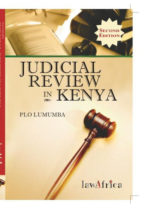
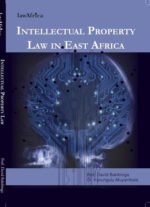


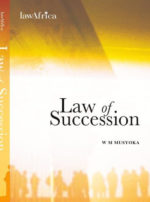
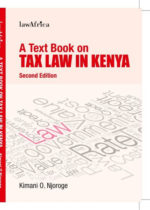
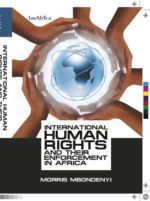
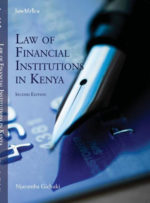
Be the first to review “Introduction to Tax Law Revised Edition”